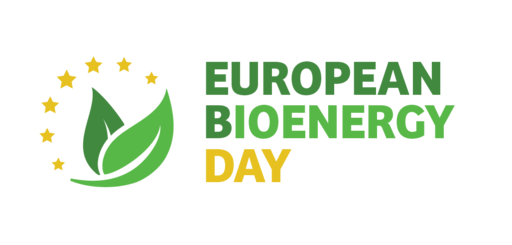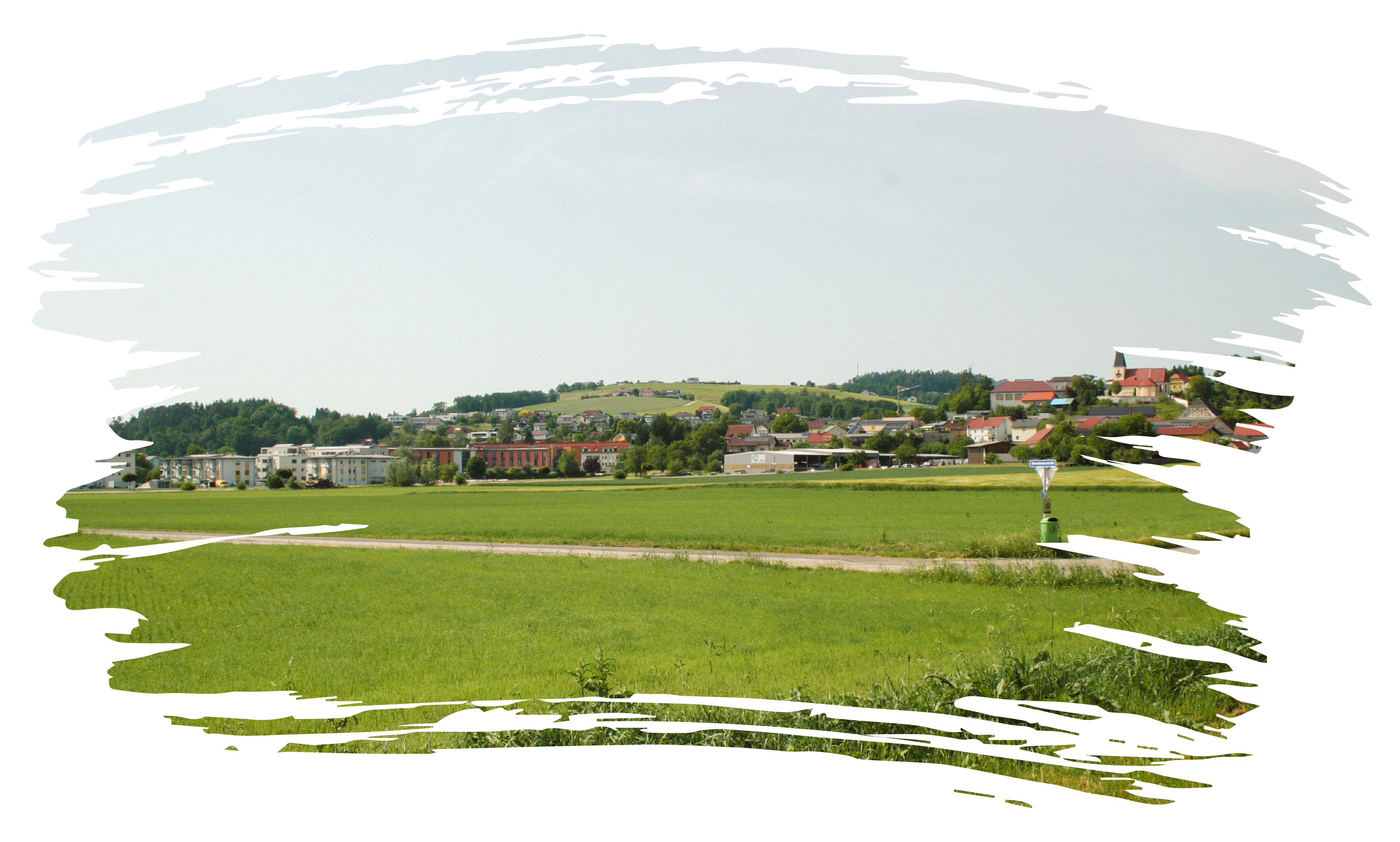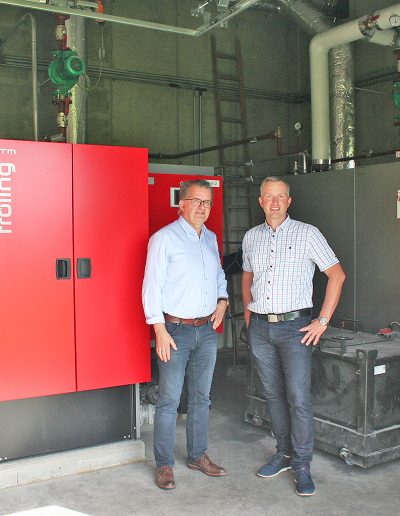Walding – a showcase project
Biomass is now more important than ever
In 2017, sixteen farmers decided to build a local district heating system in Walding, Upper Austria, under the umbrella of the Bioenergie Oberösterreich Cooperative. This was only possible due to political change at the community level. For 20 years, attempts were made to use the regionally-provided wood chips, but the project was always politically denied and overtaken by competition from the gas industry. Following the attack on Ukraine and shortages in Russian natural gas, the gas supply is now suddenly in danger. The operators can no longer resist connection requests, resulting in enormous expansion.
Everybody wants to exit from gas
Initially, two boiler systems – each with a thermal output of 200 kW – were installed. The heating plant supplied the Walding-East residential complex and went into operation in 2018. In total, 76 apartments in six buildings with a power connection of 360 kW were supplied with bioheat. The project was planned by the technical office of the Upper Austrian Biomass Association.
In 2021, Mayor Hans Plakolm decided to connect the community of around 4.000 inhabitants to renewable energy. The mayor invited the operators to a discussion with the goal of connecting six municipal buildings to the local heating network: including the municipal office, kindergarden, municipal building, building yard, fire department building and sports park. The decision of the municipal council followed. A pipeline of 1,8 km would have been necessary for the connections but the heat loss was too high for that plan to work. However, it could have worked with a 300 kW connection via the social welfare association. The Russian energy crisis then came and housing developers on the route had to ask for a connection. “Everyone wants to get away from gas,” explains heating plant chairman Manfred Greiner. Three more boilers were added. With the expansion stage, the output has increased to 2 MW.
The expansion began in April and is already halfway complete. “This would not have been possible without personal contacts with the local companies and their commitment,” says Greiner.
An ideal solution
“At the moment biomass is more important than ever,” explains Alois Voraberger from Bioenergie OÖ. “Walding shows us that practically an entire community can switch to a renewable heat supply in a very short time. From my point of view, biomass local heating is an ideal solution. It is an energy supply from the place itself for the place.” With the help of the cooperatively organised Bioenergie OÖ, the operators did not need to reinvent the wheel. With self-determination, knowledge and a protective shield (financing, administration and insurance) are made good use of by the community association.
Everyone wants to get away from oil and gas
Expansion doesn’t happen overnight – Mayor of Scheibbs Franz Aigner
The district heating cooperative Scheibbs (town in Lower Austria) with Chairman Martin Henikl and his deputy Franz Aigner, mayor of Scheibbs, presented the four new CHP-Systems to deputy state governor Stephan Pernkopf.
Forest-rich region
The district heating cooperative was founded more than 20 years ago. It started small with just three members and today it operates five biomass heating plant locations with 59 members, all of whom are forest farmers. They manage approximately 2.500 hectares of forest.
The municipality of Scheibbs is located in a densely wooded region, with more than 50% forest which is still growing. The surrounding districts, such as Lilienfeld (with 77%), are also blessed with a lot of forest. The first heating plant went into operation in 2008. It is on the outskirts of Scheibbs and has an output of 110 kW; it supplies 17 single-family homes. In 2008, the forest biomass heating plant with an output of 2 MW was connected to the six-kilometer-long district heating network. Heating plant number 3 with an output of 250 kW supplies the state exhibition and Neubruck Castle. Two other locations are also in operation, supplying local settlements with sustainably generated heat.
First CHP plants
For ten years the cooperative debated whether to procure biomass CHP-systems, in order to produce electricity as well as heat. The right time came in 2020 because the feed-in tariffs for small systems were also particularly high: the 2 MW main boiler was supplemented by four boilers with 56 kW electrical and 115 kW thermal output. A 500 kW boiler was also installed. The goal of the purchase was also achieved: in summertime, the large boiler can be switched off. A buffer of 100 m3 was added to better cushion fluctuations in demand.
Huge demand
“Everyone wants to be connected to the biomass district heating network by autumn, but that won’t happen that quickly. Explaining that to people is not easy,” explains Mayor Aigner. Many housings have too little consumption, which means that the supply is not profitable. “New solutions are needed, like wood gas, so you could use the local networks better. But we are still at the beginning here,” says Aigner. “Wood stoves and firewood are also currently experiencing an incredible renaissance.”
About the campaign
The campaign is powered by Bioenergy Europe and relayed across Europe by both national and international partners supporting the belief that bioenergy is more than a renewable energy source, it is also a reliable path that will lead Europe to achieve its renewable energy transition in the shortest span of time.







